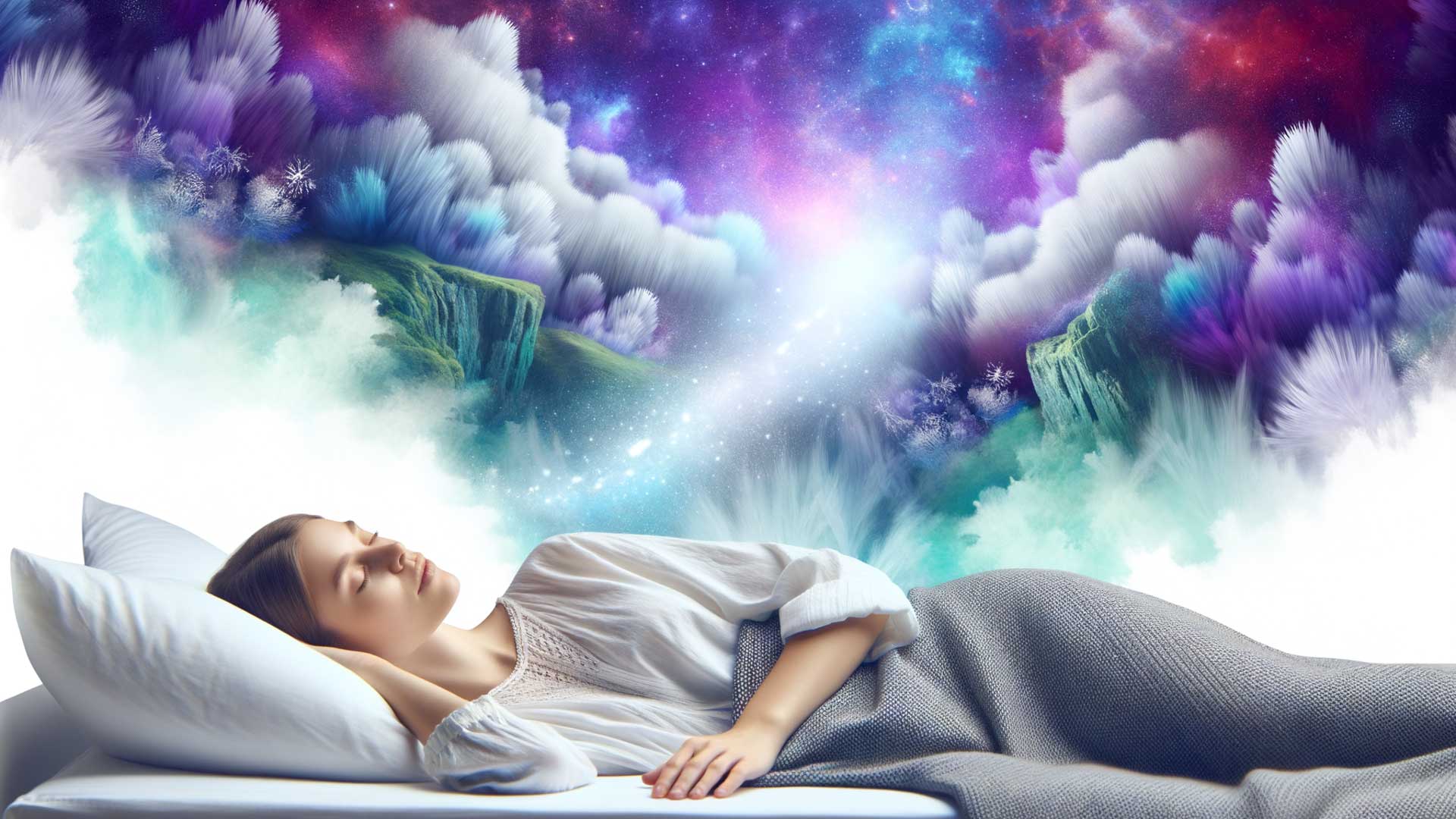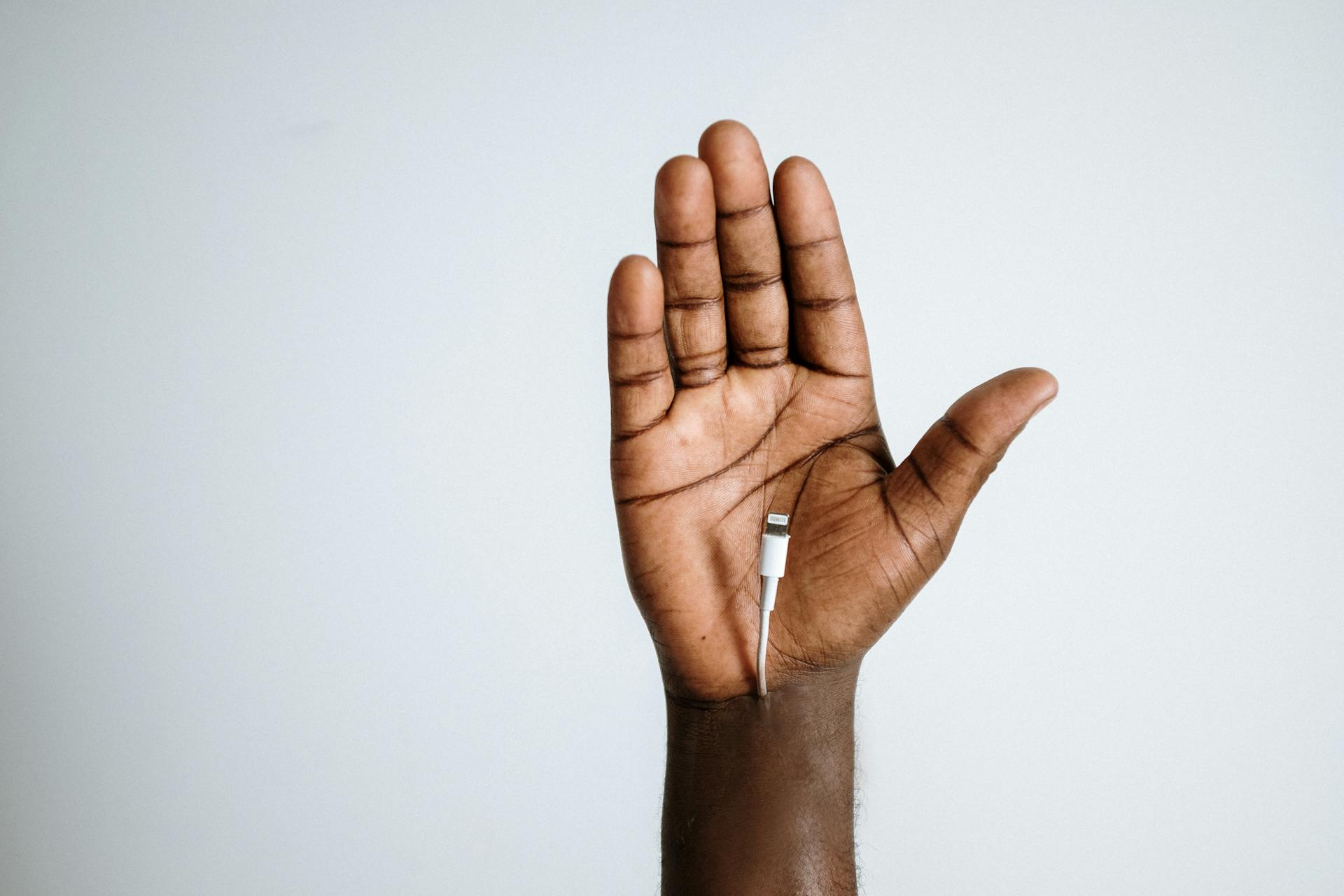Seasonal Affective Disorder (SAD) is a well-documented mood disorder characterized by recurrent depressive symptoms during specific times of the year. Commonly associated with reduced sunlight, SAD manifests as changes in sleep patterns, energy levels, and appetite. Although once met with skepticism, SAD is now recognized as a common condition. Researchers and mental health professionals have made significant strides in understanding the history, signs and symptoms, and underlying causes of SAD.

History of SAD
1. Theory Development
Norman E. Rosenthal and colleagues formally reported SAD in the early 1980s, attributing the condition to reduced natural light during winter.
2. Placebo-controlled Study
Rosenthal and colleagues conducted a study utilizing light therapy to document the phenomenon of SAD, leading to its recognition and understanding.
3. Research Initiation
Research on SAD in the United States began in 1979, with successful implementation of light therapy for its treatment
Exploring Bipolar Disorder with Seasonal Patter
Diagnostic Importance
SAD is considered a specifier for bipolar and related disorders, leading to crucial distinctions in diagnoses and treatment approaches.
Clinical Characteristics
Males and females with SAD present distinct clinical characteristics, influencing the presentation of bipolar II disorder and other associated conditions.
Prevalence and Impact
The Biological Basis of SAD
1. Neurotransmitter Involvement
The role of serotonin and melatonin in SAD has been studied extensively, with potential links to mood regulation and circadian rhythms.
2. Personality and Predisposition
Correlations between certain personality traits and SAD have shed light on potential predisposing factors for the condition.
3. Locational Factors
Light and geographical environment has a big factor in how one might feel in accordance to Seasonal Effective Disorder.


Seasonal Affective Disorder and its Pathophysiology
Seasonal Mood Variations & Light
Seasonal mood variations are closely connected to light exposure. This relationship is highlighted by the effectiveness of bright-light therapy in the management of SAD.

Behavioral Changes Environmental Influences
1. Adaptation as a Species
2. SAD Linked to Cloud Cover
Cloud cover can been linked to exacerbating and increasing the negative effects of SAD, further emphasizing the role of sunlight in our mood regulation.
3. Circadian Rhythm
Risk and Impact on Well-being
Potential for Suicide
SAD carries a potential risk of suicide, emphasizing the importance of prompt recognition and intervention for affected individuals.
SAD as Subsyndromal
A more mild to moderate form of SAD, known as Subsyndromal Seasonal Affective Disorder, can been identified and estimated to affect a large portion of U.S. population.
Energy and Regulation of Mood
Increase outdoor activities in sunny conditions. This demonstrated positive effects on mood and energy levels for individuals with SAD.

Future Research

Treatment Advancements
Hope Brain & Body Recovery Center offers many unique and advanced treatments. Treatments include use of low-level-laser therapy, pulsed electro magnetic field therapy (PEMF), Neurofeedback, oxygen inhalation. Paired together to create super protocol for reducing anxiety and depression.

Support and Management
With the support and maintenance from our hands on professional team we are able to assist you through the hard changes of weather and seasonal changes. We partner with leading experts in functional medicine to ensure proper nutritional intake and hands on chiropractic care to take away your aches, strains, and pains.





